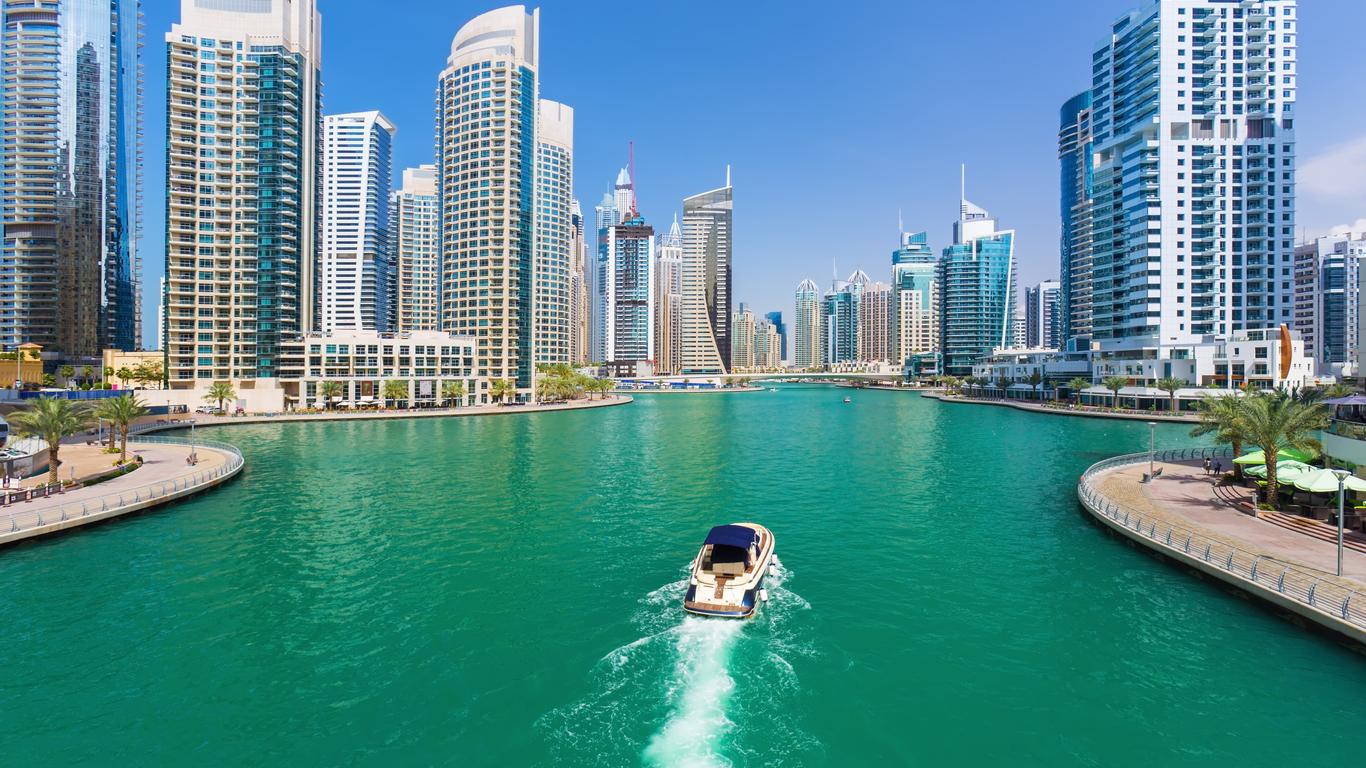Dubai’s real estate market has seen substantial growth over the years, driven by various factors ranging from economic diversification to major infrastructural developments. Here’s a detailed overview of the growth dynamics in Dubai’s real estate market:

1. Historical Growth
- Economic Boom: Dubai experienced significant real estate growth during the early 2000s due to its rapid economic expansion and diversification away from oil dependency. Major developments like the Burj Khalifa, Palm Jumeirah, and Dubai Marina marked this era.
- Market Corrections: The market underwent corrections during global economic downturns, such as the 2008 financial crisis and the COVID-19 pandemic. However, the recovery has been robust, supported by government initiatives and economic reforms.
2. Recent Growth Trends
- Post-Pandemic Recovery: After the initial impact of COVID-19, Dubai’s real estate market has shown strong signs of recovery. The rebound has been supported by factors like Expo 2020, economic stimulus measures, and a resurgence in tourism and business activities.
- Price Stabilization: Property prices have stabilized and in some cases, increased, following previous declines. This stability is attributed to renewed investor confidence and a more balanced supply-demand dynamic.
3. Key Growth Drivers
- Economic Diversification: Dubai’s economy has diversified beyond oil, focusing on sectors such as tourism, finance, technology, and real estate. This diversification helps sustain demand for residential, commercial, and hospitality properties.
- Major Events: Events like Expo 2020 have significantly boosted the real estate market, drawing global attention and investment. These events create demand for temporary and permanent housing, commercial space, and infrastructure.
- Government Initiatives: The Dubai government has introduced various initiatives to support real estate growth, including visa reforms (such as the Golden Visa), relaxed foreign ownership laws, and investment incentives.
4. Emerging Trends
- Sustainability and Green Building: There’s a growing emphasis on sustainable and environmentally friendly developments. Dubai is increasingly incorporating green building standards, smart technologies, and energy-efficient solutions in new projects.
- Smart Cities and Innovation: Dubai’s push towards becoming a smart city involves integrating advanced technologies in real estate developments. Projects like Dubai Creek Tower and smart community initiatives reflect this trend.
- Luxury Market: The luxury real estate segment continues to thrive, with high-net-worth individuals (HNWIs) seeking premium properties. Developments like the Palm Jumeirah and Bluewaters Island cater to this demand.
5. Residential Sector
- High Demand Areas: Areas such as Downtown Dubai, Dubai Marina, and Palm Jumeirah remain popular among buyers and investors. These locations offer high-quality amenities, excellent connectivity, and attractive lifestyle options.
- Affordable Housing: There’s a growing demand for affordable housing options due to Dubai’s diverse population. Developments targeting this segment are becoming increasingly prevalent.
6. Commercial Sector
- Business Hub: Dubai’s status as a global business hub drives demand for office space and commercial properties. Areas like Dubai International Financial Centre (DIFC) and Sheikh Zayed Road are key commercial districts.
- Co-Working Spaces: The rise of remote work and flexible working arrangements has increased the demand for co-working spaces and flexible office solutions.
7. Future Outlook
- Ongoing Developments: Dubai continues to invest in major real estate projects and infrastructure. Developments such as Dubai South, the expansion of the Dubai Metro, and new residential communities contribute to long-term market growth.
- Economic Stability: The UAE’s economic policies, including efforts to enhance business environments and attract international investments, support sustained growth in the real estate sector.
8. Challenges and Risks
- Oversupply Issues: At times, the market has faced challenges related to oversupply in certain segments, which can impact property values and rental yields. Monitoring supply-demand dynamics is crucial.
- Economic Fluctuations: Global economic conditions, including oil price fluctuations and geopolitical events, can influence investor sentiment and market stability.
9. Investment Opportunities
- Emerging Neighborhoods: Investing in emerging neighborhoods with future growth potential can offer attractive returns. Areas undergoing redevelopment or infrastructure enhancements may present lucrative opportunities.
- Diversification: Investors are increasingly diversifying their portfolios by exploring various property types and locations within Dubai, from residential and commercial properties to hospitality and mixed-use developments.
Conclusion
Dubai’s real estate market continues to grow and evolve, driven by economic diversification, major events, and innovative developments. While the market offers numerous opportunities, it’s important for investors to stay informed about market trends, regulatory changes, and emerging opportunities to make well-informed decisions. As Dubai continues to expand its infrastructure and enhance its global standing, the real estate market is expected to remain a dynamic and attractive sector.